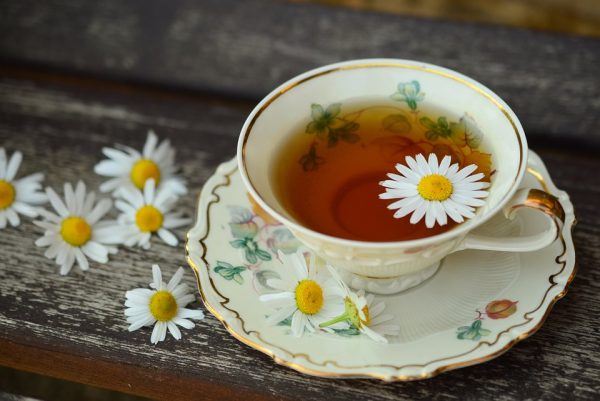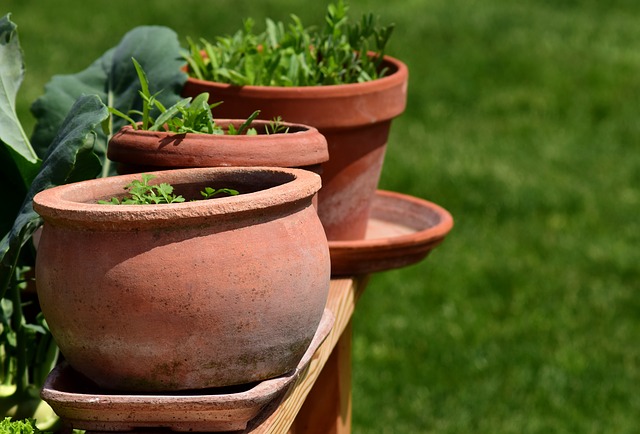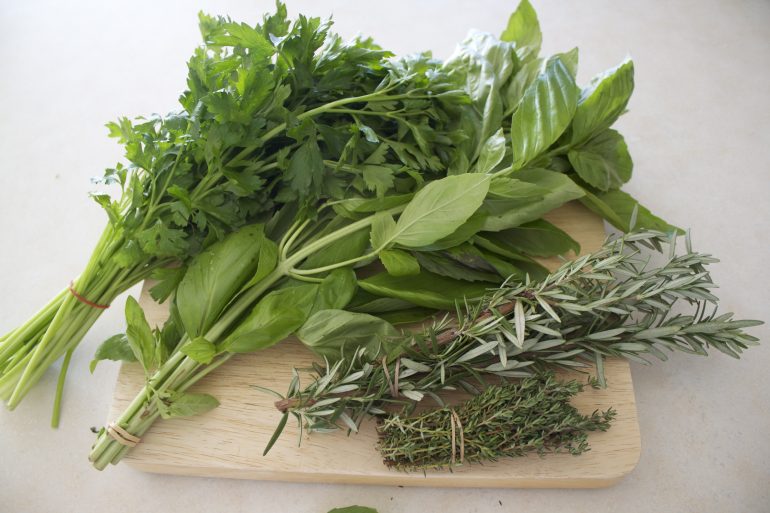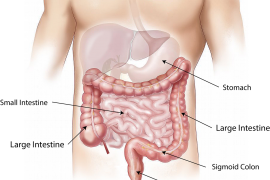People have been using herbs to flavor dishes for ages. Science shows us that these plants not only offer tasteful benefits, but nutritional and medicinal benefits as well. While many of these plants are available to buy in their dried form at stores, many of them can be easily grown in your home or garden as well.
In general, herbs are easily grown in your own garden without a lot of effort. In addition to the health benefits you reap from consuming these plants, you will also enjoy the benefit of exercise and sun while spending time in your garden.
Consider what your needs are and what type of garden you may like. Are you looking to grow a culinary garden to enhance your meals, or perhaps a tea or medicinal garden? Perhaps you are limited with outdoor space or prefer indoor plants. The decision will help you to determine plant and garden placement and will make planning your garden a little easier.
Whatever you decide, there are numerous delicious and healthful options to choose from. This list includes plants that are tasty and nutritious, as well as plants that offer true medicinal benefits for common health issues such as sunburn, coughs, colds, indigestion and more.

17 Plants to Support Health and Wellness
Basil –This herb offers wonderful flavor to many dishes and can help with lack of appetite, cuts, scrapes and flatulence. This annual plant is a wonderful addition to your kitchen garden. It can easily grow indoors in a sunny window.
Chamomile-The petite little flowers of this plant are wonderful to brew a tea for headaches, anxiety, and stress and can also be used in salves for skin inflammation or irritation.
Dill-This herb is delicious in many dishes and is a fragrant addition to any garden. It is a good source of vitamin A, B-6, C, amino acids, calcium, copper, iron, magnesium and manganese. Dill can be used for colds, coughs, headaches and urinary tract infections.
Echinacea-This plant is a beautiful addition to any flower garden. It’s also well known as a great immune booster, especially when suffering from a cold or the flu.
Feverfew-Another beautiful addition to your garden, the flowers look like miniature daisies. This plant offers relief from headaches, arthritis and skin conditions.
Garlic-Most people are familiar with this easy to grow bulb and its wonderful additions to many recipes. Garlic is also beneficial in fighting disease such as diabetes, cancer, colds and the ability to lower blood pressure.
Ginseng-Many are familiar with the benefits of ginseng and its ability to help improve brain function, it is also beneficial for boosting the immune system, supporting lung function and reducing inflammation.
Holy Basil-Holy basil can be used in cooking and teas. It is beneficial for headaches, bad breath, respiratory conditions and stomach upset.
Lavender-This beautiful perennial will add a sweet fragrance to your garden. It also has antiseptic properties that can be beneficial for bruises and cuts, and the fragrance is shown to be very calming and relaxing.
Lemon Balm-This plant is a relative of mint. It can be grown indoors and outdoors. Lemon balm has numerous healing properties including being astringent, antimicrobial, antispasmodic and antiviral. It is helpful in the recovery of cold sores, flatulence, insomnia, anxiety and insect bites.
Marigolds-Not only are these wonderful for keeping bunnies out of your garden, they are also great for sunburn relief and skin care.
Oregano-Another plant with both culinary and medicinal properties. Oregano has antibacterial, anti-inflammatory, antimicrobial and antioxidant properties. It is also rich in vitamins A, C, E, and K, calcium, iron, manganese, magnesium, niacin and zinc. Oregano is beneficial for toothaches, bloating, headaches, menstrual cramps and loss of appetite.
Parsley-This is a great herb for bad breath, urinary tract infections, constipation and flatulence. It also contains numerous vitamins including A, B-12, C, K and folic acid.
Peppermint-Mint is a great addition to any garden. I prefer to grow mine in pots as it is aggressive and will take over your garden if you’re not careful. It’s wonderful for digestion issue, gas and headaches. Mint is rich in vitamins A, C, iron and manganese.
Rosemary-Another plant that is easy to grow indoors. It adds great flavor to numerous dishes, teas and is helpful to sweeten breath, improve mood and help with memory and concentration. Rosemary is a good source of calcium, iron and B6.
Sage-This plant can be grown either indoors or outside. It has both culinary and medicinal uses. Sage is beneficial for gingivitis, cold sores and heartburn. It is rich in volatile oils, vitamin A and K.
Thyme-This herb has potent antiseptic properties, it’s a wonderful option for coughs, arthritis, congestion, and indigestion. Thyme is a potent antioxidant that also has antiseptic and antibacterial properties. Thyme is an excellent source of vitamin A, C, copper, iron and fiber.

Getting Started
Getting started is easy. Once you decide what type of plants you want to grow, you have numerous options. Consider your local farmers market for starter plants, many online nurseries sell organic seeds, you may also have friends or neighbors who are willing to divide up plants to give you a start.
Enjoy your garden and all of the benefits it will bring!
This article was originally posted at The Hearty Soul
References:
- Suppakul, P., Miltz, J., Sonneveld, K., & Bigger, S. W. (2003, May 21). Antimicrobial properties of basil and its possible application in food packaging. Retrieved May 26, 2018, from https://www.ncbi.nlm.nih.gov/pubmed/12744643
- Singh, O., Khanam, Z., Misra, N., & Srivastava, M. K. (2011). Chamomile (Matricaria chamomilla L.): An overview. Retrieved May 26, 2018, from https://www.ncbi.nlm.nih.gov/pmc/articles/PMC3210003/
- Jana, S., & Shekhawat, G. S. (2010). Anethum graveolens: An Indian traditional medicinal herb and spice. Retrieved May 26, 2018, from https://www.ncbi.nlm.nih.gov/pmc/articles/PMC3249919/
- Barrett, B. (2003, January). Medicinal properties of Echinacea: A critical review. Retrieved May 26, 2018, from https://www.ncbi.nlm.nih.gov/pubmed/12622467
- Pareek, A., Suthar, M., Rathore, G. S., & Bansal, V. (2011). Feverfew (Tanacetum parthenium L.): A systematic review. Retrieved May 26, 2018, from https://www.ncbi.nlm.nih.gov/pmc/articles/PMC3210009/
- Bayan, L., Koulivand, P. H., & Gorji, A. (2014). Garlic: A review of potential therapeutic effects. Retrieved May 26, 2018, from https://www.ncbi.nlm.nih.gov/pmc/articles/PMC4103721/
- Kang, S., & Min, H. (2012, October). Ginseng, the ‘Immunity Boost’: The Effects of Panax ginseng on Immune System. Retrieved May 26, 2018, from https://www.ncbi.nlm.nih.gov/pmc/articles/PMC3659612/
- Cohen, M. M. (2014). Tulsi – Ocimum sanctum: A herb for all reasons. Retrieved May 26, 2018, from https://www.ncbi.nlm.nih.gov/pmc/articles/PMC4296439/
- López, V., Nielsen, B., Solas, M., Ramírez, M. J., & Jäger, A. K. (2017). Exploring Pharmacological Mechanisms of Lavender (Lavandula angustifolia) Essential Oil on Central Nervous System Targets. Retrieved May 26, 2018, from https://www.ncbi.nlm.nih.gov/pmc/articles/PMC5437114/
- Scholey, A., Gibbs, A., Neale, C., Perry, N., Ossoukhova, A., Bilog, V., . . . Buchwald-Werner, S. (2014, November). Anti-Stress Effects of Lemon Balm-Containing Foods. Retrieved May 26, 2018, from https://www.ncbi.nlm.nih.gov/pmc/articles/PMC4245564/
- Ukiya, M., Akihisa, T., Yasukawa, K., Tokuda, H., Suzuki, T., & Kimura, Y. (2006, December). Anti-inflammatory, anti-tumor-promoting, and cytotoxic activities of constituents of marigold (Calendula officinalis) flowers. Retrieved May 26, 2018, from https://www.ncbi.nlm.nih.gov/pubmed/17190444
- Sienkiewicz, M., Wasiela, M., & Głowacka, A. (2012). [The antibacterial activity of oregano essential oil (Origanum heracleoticum L.) against clinical strains of Escherichia coli and Pseudomonas aeruginosa]. Retrieved May 26, 2018, from https://www.ncbi.nlm.nih.gov/pubmed/23484421
- Farzaei, M. H., Abbasabadi, Z., Ardekani, M. R., Rahimi, R., & Farzaei, F. (2013, December). Parsley: A review of ethnopharmacology, phytochemistry and biological activities. Retrieved May 26, 2018, from https://www.ncbi.nlm.nih.gov/pubmed/24660617
- López, V., Martín, S., Gómez-Serranillos, M. P., Carretero, M. E., Jäger, A. K., & Calvo, M. I. (2010, June). Neuroprotective and neurochemical properties of mint extracts. Retrieved May 26, 2018, from https://www.ncbi.nlm.nih.gov/pubmed/19943334
- Habtemariam, S. (2016). The Therapeutic Potential of Rosemary (Rosmarinus officinalis) Diterpenes for Alzheimer’s Disease. Retrieved May 26, 2018, from https://www.ncbi.nlm.nih.gov/pmc/articles/PMC4749867/
- Hamidpour, M., Hamidpour, R., Hamidpour, S., & Shahlari, M. (2014). Chemistry, Pharmacology, and Medicinal Property of Sage (Salvia) to Prevent and Cure Illnesses such as Obesity, Diabetes, Depression, Dementia, Lupus, Autism, Heart Disease, and Cancer. Retrieved May 26, 2018, from https://www.ncbi.nlm.nih.gov/pmc/articles/PMC4003706/
- Assiri, A. M., Elbanna, K., Abulreesh, H. H., & Ramadan, M. F. (2016). Bioactive Compounds of Cold-pressed Thyme (Thymus vulgaris) Oil with Antioxidant and Antimicrobial Properties. Retrieved May 26, 2018, from https://www.ncbi.nlm.nih.gov/pubmed/27476949








